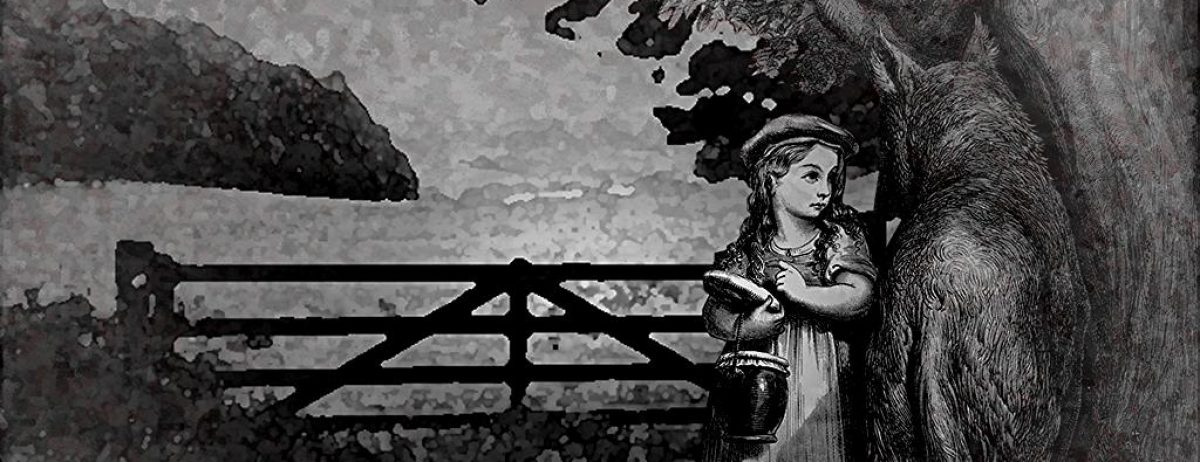I want to talk obliquely about Kiera Cass’s The Crown, which I read just before reading The Siren. This book and its companion piece, The Heir, are both part of The Selection Series. The first three novels in the series tell one story: “Cinderella” meets The Bachelor meets The Hunger Games meets World War IV. (I adore that worldbuilding and wish Cass did more with it.) These two books follow the daughter of the Cinderella figure. These two books are part of a trend asking, “What happens after Happily Ever After?” You also see this trend in the Disney Channel original movie Descendants (2015), The Hunchback of Notre Dame II (2002), The Little Mermaid II (2000), The Lion King II (1998), etc. I can’t say I’ve watched any of these sequels in their entirety, but they exist.
What is the draw of following the children of beloved figures? I can’t say it’s a desire to watch the whole, mundane life of a character play out, however beloved. I think it stems from a desire for the novel to never end, for the adventures to continue in perpetuity. Adventures, however, tend to give way to placidity. Perpetual adventuring is only possible in a situation like that of C. S. Lewis’s Chronicles of Narnia, wherein the siblings live to adulthood in an Otherworld only to stumble back upon their previous lives in the normal world and resume growing up as children at the same age they had been when they left for Narnia. The human life just does not have enough time for so many adventures. Besides, accepted narratives of adulthood mean that adults cannot star in the sorts of dramas that we wish to see and still be viewed as properly grown-up. The teen Cinderella figure of The Selection has already had her story; further ones in adulthood would muddle the narrative. We readers must look to another teenager since we cannot have our original character, and the continuation is only acceptable if the new character is one so closely connected to the first that the transition hardly feels like a change at all.
This trend, then, highlights our culture’s desire to see youths starring in transformative adventures but desire for adults (20 and above, say) to settle down into more stable experiences. Readers want to stick with beloved characters, but cannot imagine them having futher adventures unless they haven’t properly become adults. Besides that, the Happily Ever After ending implies the situation has reached equilibrium. How could Happily Ever After be maintained if another adventure disrupts that stability? The next best option is following their children as they go through age-appropriate adventures ending with another satisfying Happily Ever After.
Work Cited:
Cass, Kiera. The Crown. NYC: HarperTeen-HarperCollins, 2016. Print.
